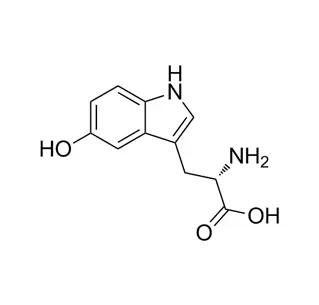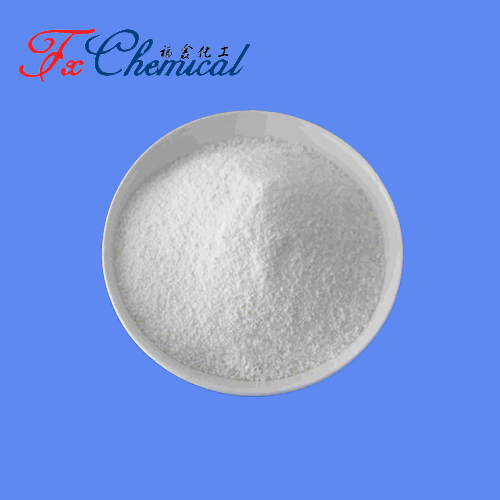
Search

Search

To prevent food spoilage and extend shelf life, a certain amount of food additive preservatives are often added to food. Preservatives are added to foods such as instant noodles, cakes, and hot dogs. There are many types of preservatives. The most commonly used ones are benzoic acid (or sodium benzoate), sorbic acid, citric acid, etc. Benzoic acid (or sodium benzoate) is commonly used in instant noodles, soy sauce, vinegar, soda, and other foods or beverages. Citric acid is added to food, not only to prevent spoilage and bacterial growth but also because it is a souring agent that gives food or beverages a unique sour taste.
Antioxidants are the food additive that can prevent or delay food oxidation and improve food stability and extend storage time. Oxidation not only causes fats in food to spoil but also causes food to fade, change color, destroy vitamins, etc., thereby reducing the sensory quality and nutritional value of food and even producing harmful substances, causing food poisoning. Commonly used antioxidants include vitamin C, isovitamin C, etc.
Colorants, also known as pigments, are substances that color food and improve its sensory properties. Edible pigments can be divided into two categories: natural and synthetic. Edible natural pigments are mainly extracted from animal and plant tissues, while edible synthetic pigments are mostly extracted from coal tar, which has some degree of toxicity. When choosing foods, we should not be misled by their colors and try to avoid foods with color.
Sweeteners are the food additive that give food a sweet taste. Generally speaking, in order to reduce the cost of sweetened foods and increase their sweetness, people add not sugar but some high-sweetness sweeteners to many sweetened foods. There are many substances used as sweeteners. In addition to brown sugar and white sugar, the most commonly used sweeteners are saccharin, licorice sugar, etc.
Bleaching agents, mainly benzoyl peroxide, are the main ingredients in flour bleaching agents. If the amount of bleaching agent exceeds the standard, it will destroy the nutrition of flour, and the benzoic acid produced after hydrolysis will damage the liver.
Thickeners and stabilizers in the food additive can improve or stabilize the physical properties of cold drinks and make the appearance of food smooth, delicate, and lubricated. They can keep frozen foods such as ice cream soft and fluffy for a long time.
Leavening agents: Some candies and chocolates are added to leavening agents to promote the formation of carbon dioxide in the sugar body, thereby achieving the effect of expansion. Commonly used leavening agents include sodium bicarbonate, ammonium bicarbonate, compound leavening agents, etc.
Sour agents can give food a sour taste. The most commonly used sour agents are citric acid and acetic acid. In the production of soda, jelly, canned fruits, ice cream, lemon juice, and cola beverages, factories often use citric acid as a souring agent.
Nutrient fortifiers in the food additive can enhance and supplement certain nutrients in food, such as minerals and trace elements (vitamins, amino acids, inorganic salts, etc.). Infant formula contains various nutrient fortifiers.
Flavorings can be synthetic or natural, with many different fragrance types. For example, various flavors of chocolate have widely added various flavorings during production to give them unique flavors.

Quick Links
Add:
E-mail:
 English
English  Español
Español  français
français  العربية
العربية 


